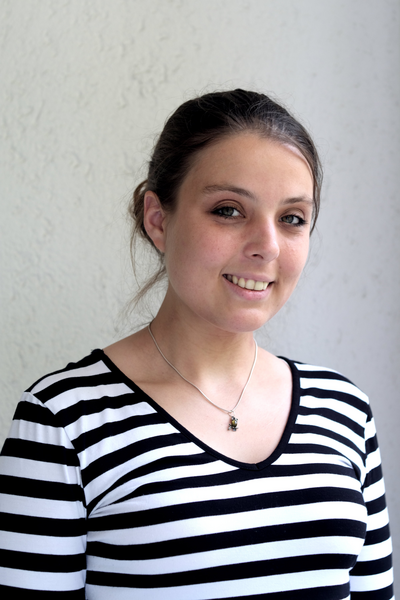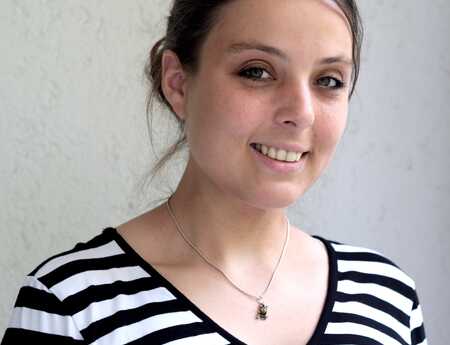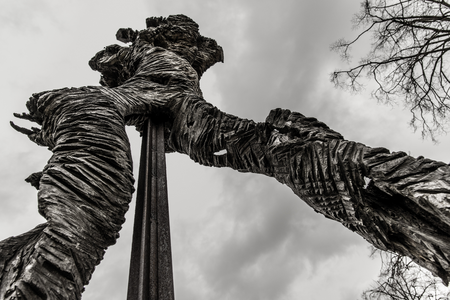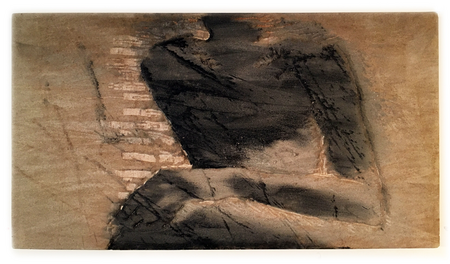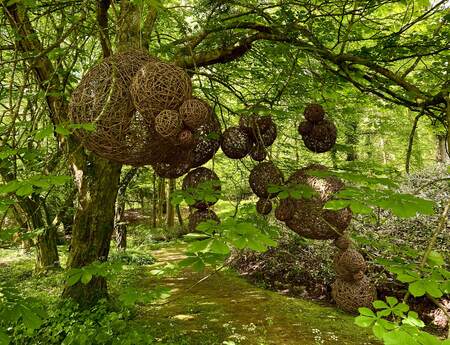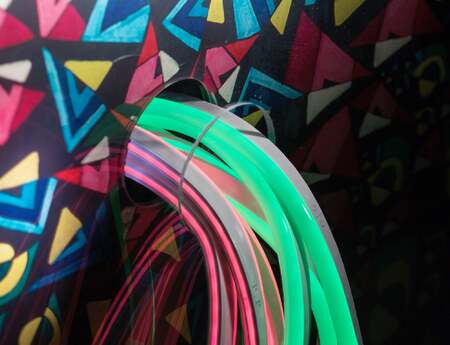Blacker than Black: The Dark Side of Sculpture
Blackness, darkness, shadows. With Halloween just gone by, most people might think of haunted castles and melancholy feelings when hearing these words. But why so one-sided? Sculpture also has a dark aspect that artists like Anish Kapoor have been exploring for years. We have discussed with three sculpture network members what makes creating art that embraces the dark side so special. Dive into the darkness and experience it from a different perspective!

November marks the beginning of darker days in many countries: winter is drawing nearer, it’s stormy, it’s raining, shades of grey and black are descending onto the world. For many, this is a reason to look out the window with a sigh, longing for the brighter season. But for some, the darker season provides inspiration. The darkness inspires us to reflect, to look into the depths. It is no coincidence that darkness has always played an important role in art – albeit only in contrast to brightness most of the time. Light and shadow or brightness and darkness are popular themes, including in architecture. We at Sculpture Network have already gone down this road by exploring buildings such as the Sagrada Familia in Barcelona which puts particular emphasis on the interplay of light and shadow. But what happens if we isolate darkness from this contrast and let it stand for itself?
Anish Kapoor has been working with this concept for many years. The British artist’s career has consisted of many experiments, using elements such as bright colours and reflective surfaces, often of a monumental kind. But the allure of the darkness, the search for pure black, did not seem to let him go. So in 2016 he secured the exclusive rights to the material Vantablack, which had originally been introduced in 2014 as a material for practical purposes such as space travel. It gained recognition in the media for being the “blackest black”. Kapoor himself also received attention, arousing outrage in the art scene with his monopolisation of the colour. Criticism aside, this pure black in itself is fascinating: it reflects hardly any light and creates an eerie feeling of falling into nothingness (as an unfortunate tourist in Portugal had to experience literally).
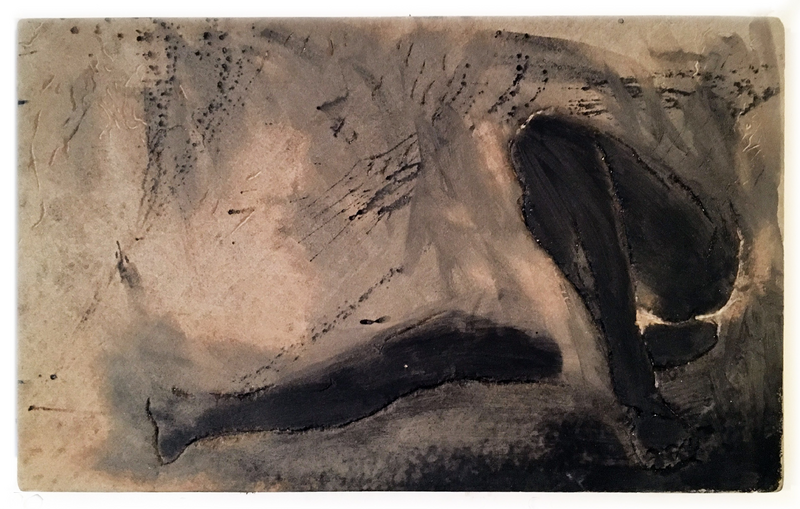
Everyone may form their own opinion on Kapoor’s licensing conflict. Until today he hasn't published an artwork containing Vantablack but the whole series of previous experiments that come quite close to the blackest black is undoubtedly impressive. The play with perspective and the deception of the human eye are the primary point of many of his works. The darkness in Kapoor’s work has one result above all else: it’s disorienting. Standing before one of his sculptures, an observer won’t know if they can trust their own eyes. As a result, we need to turn our gaze inwards. In this way, Anish Kapoor’s play with darkness may bring us a bit closer to ourselves.

Our member Stephanie Hermes is no stranger to the fact that darkness can bring inspiration and stir up emotions. Yet darkness was never intended to be the central theme of her work. Nonetheless, it is like a red (or rather: black) thread woven through her work, which she explains by saying that “as an artist she cannot get past the inner images or work through them”. For her, darkness means first and foremost: “a state without distraction – that makes it possible to look at the essential. Darkness has an anxious and fearful quality, but also a mystical, mysterious part, through which power can emerge from the fear.” It is essential to embrace the darkness, to let it in, we must allow ourselves to see the beauty and inspiration rather than just the dreariness of a rainy November day.
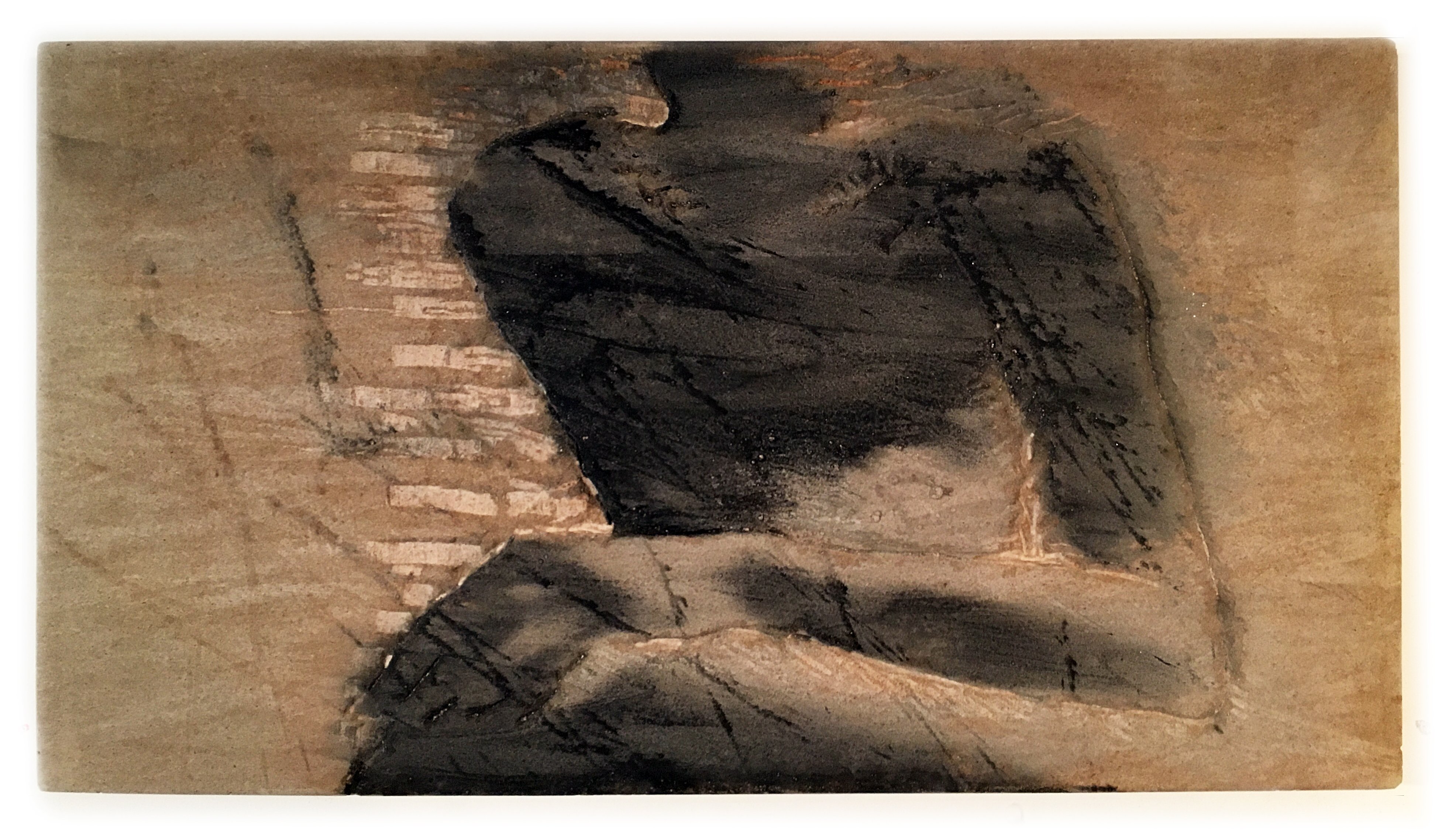
Our member Thomas Lucker is in a similar position. His work focuses primarily on the interplay of light and shadow through a combination of stone sculpture and photography. The special impressions created by his photographs result from the fact that he exposes the previously hewn stone in the darkroom by employing a particular technique. The final result combines sculpture and image, light and shadow. For him, darkness is a source of calm and a feeling of stability. “Darkness is the absence of light, but in it everything is contained,” he told us when asked what darkness means for him personally as an artist and for his work. “It stands for security, for eroticism and seduction, for the wicked and the unknown, the mysterious and the threatening, and ultimately also for death. The range of these associations is reflected in my work”. Perhaps this is a surprising answer. While a material like Vantablack suggests emptiness, the absence of content, darkness can also mean a completely opposite abundance, a broad spectrum of content and associations. For an artist like Thomas Lucker, it represents diversity and contrast. From these notions, inspiration and beauty can arise.
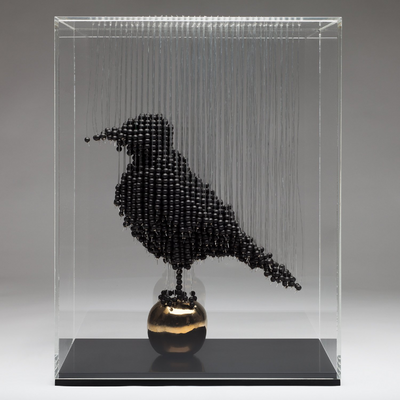
For our Dutch member Natasja van der Meer as well, darkness has a very special, emotional meaning which she comes back to again and again in her work. She told us about a key experience from her youth: “When I was in puberty and had some dark moments, my father gave me a symbolic book with the title A Spark in the Dark. He had cut away the pages from inside the book and put a small candle in it. I think that was brilliant, it made the whole puberty problems that I had lighter, and I realized I shouldn’t take it all too seriously. My work often has a little twist like this.” Darkness transports not only emotions, but also wit! That doesn’t just apply to the proverbial black humour. In any case, Natasja has found a way for herself to deal with her own darkness and to turn it into something positive, into creativity.
Perhaps this is the reason why works of art that deal with darkness fascinate us so much: they force us to deal with the darkness we have before us, but also with our own. By engaging with it, we often unexpectedly find aesthetics and meaning and a multitude of associations. Darkness and blackness give both the artist and the observer a lot of freedom: the freedom to see or purposefully not to see. Therefore, let us celebrate darkness! It is full of meaning – but it is up to us to decipher it, each time anew.
Author: Sophie Fendel
Sophie rediscovered her passion for three-dimensional art at the sculpture network office in Munich. Now working on her PhD she enjoys immersing into different topics for her essays about sculpture and society.
Cover picture: Stephanie Hermes, "Olivia", 2013, Holz, 400 x 200 x 60 cm, Photo: Achim Bartel

